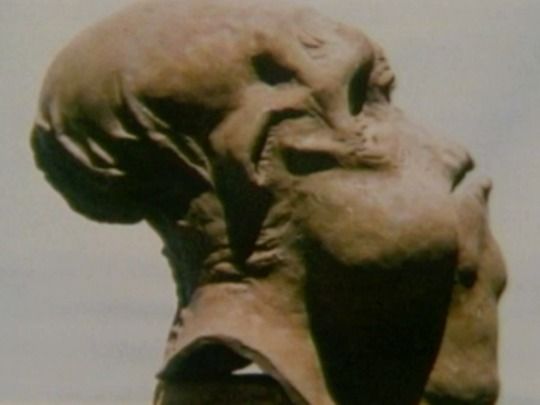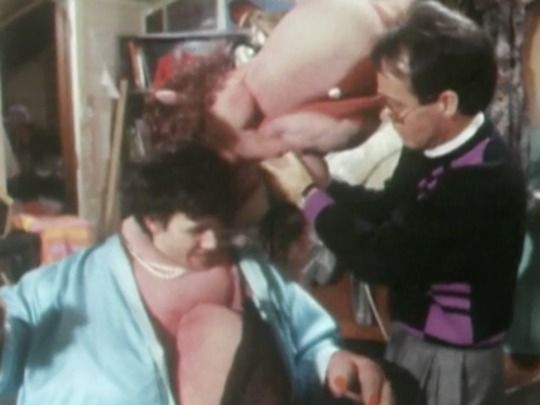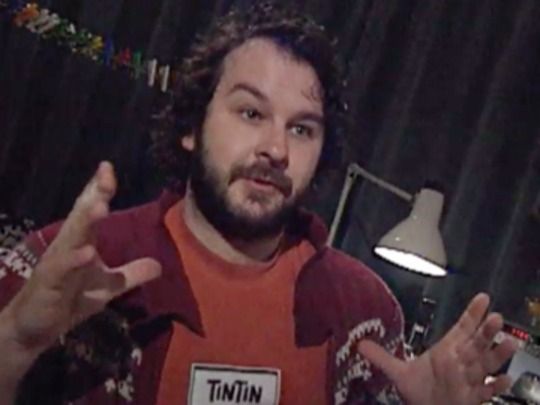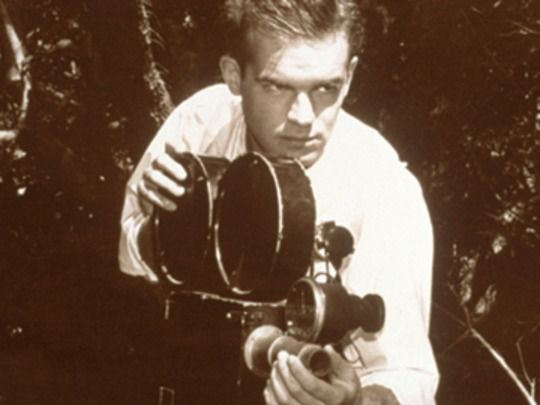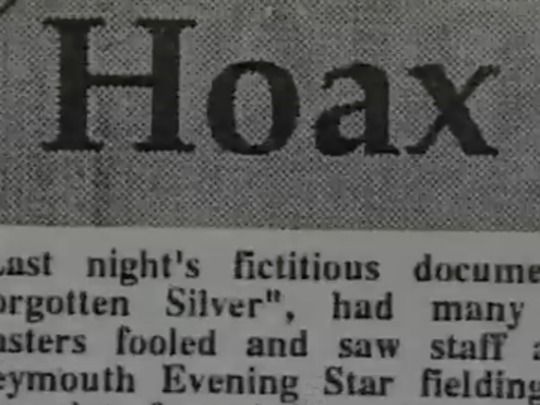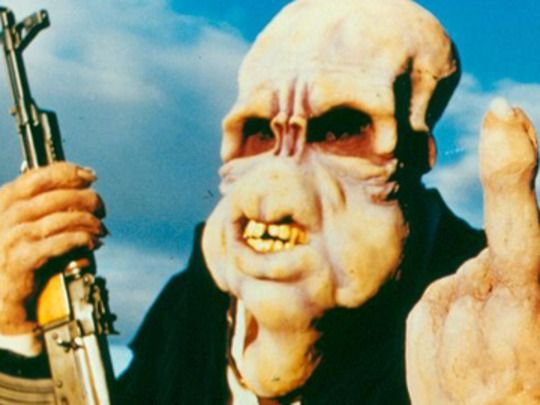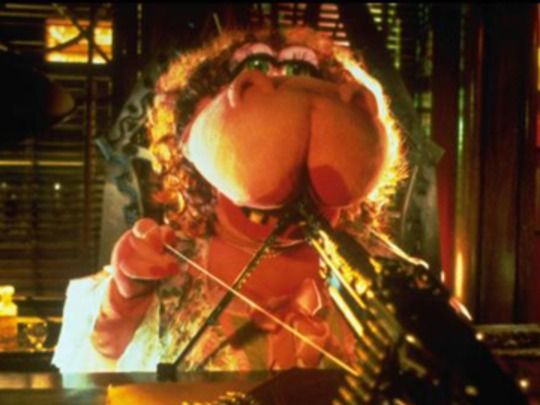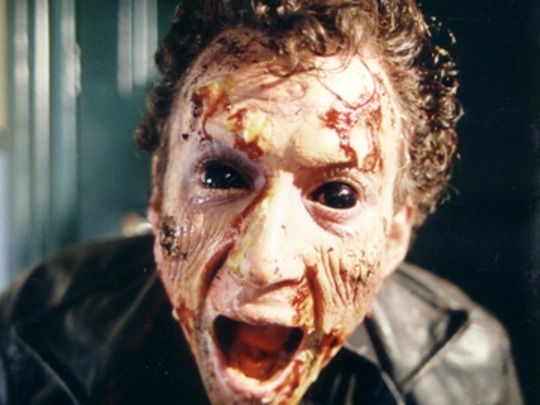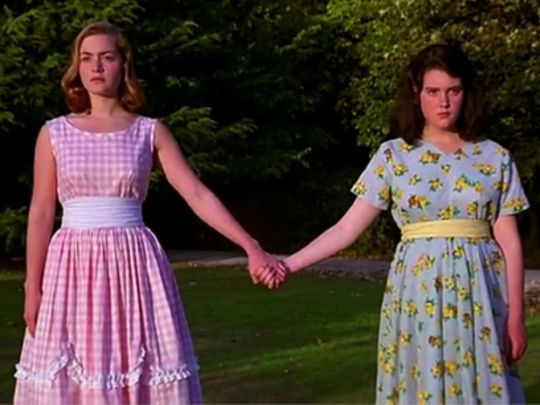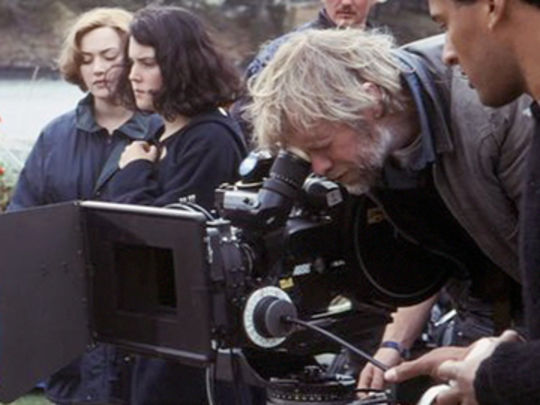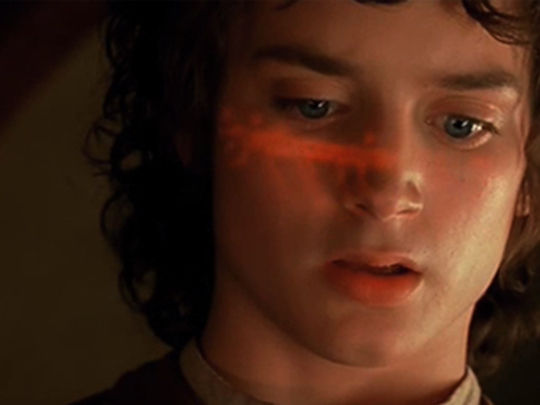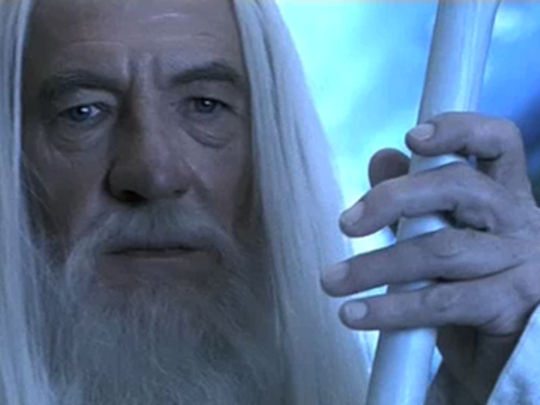The Peter Jackson Collection
The World's Biggest Movie Geek
His filmmaking accomplishments are pretty impressive, granted, but what I've always loved most about Peter Jackson is how much of a film nerd he clearly is. A genuine fanboy who took his passion to its natural extreme and far beyond.
He's a captain of industry now, an infrastructure-generator whose singular impact on the local film industry and indeed our national psyche is simply unquantifiable, but more so than any other filmmaking titan (there's only like, four or five), he comes across as a film lover first.
This is clear to anyone who's seen Jackson talk for more than 30 seconds, but it's also entertainingly evident in early snapshots of the director.
Juxtaposing the delirious thrills of Bad Taste with any of Jackson's post-Frighteners output remains ceaselessly amusing, and the picture that comes across of Jackson in this 1988 making-of doco is equal parts hilarious, insightful and endearing.
Sporting a fantastic T-shirt in which a certain famous cartoon mouse emulates the finger gesture given by Bad Taste's poster subject, Jackson oozes a childlike enthusiam for all facets of filmmaking.
The quiet glee in Jackson's eyes when showing off his homemade death toys is infectious. Plus we get to see how they achieved what is arguably Bad Taste's signature moment — the alien puke-a-thon — and Jackson foreshadows a career marked by technical innovation with his self-built steadicam.
A similarly amusing but even more enlightening portrait of a film fan building castles in his grown-up sandpit is to be found in Sex, Drugs and Soft Toys, the making-of Jackson's ambitious follow-up film, the gonzo (ahem) Muppet Show spoof Meet the Feebles.
It features a fascinating discussion with Jackson about his filmmaking processes and philosophies — he outright states here that his filmmaking is just an extension of his childhood fantasies, and I'd like to think that still applies today. A chilled-out, youthful Richard Taylor turns up as well. Here he casually details, with the unmistakable conviction that would eventually win him an Oscar, the challenges of making a miniature stretch Morris Minor.
The doco also features pure fanboy gold in the form of Jackson's early Super 8 and stop motion animated films — recurrent themes were already beginning to form.
After somehow outdoing himself once again with this third film, the seminal zombie epic Braindead, Jackson began his path to mainstream respectability with his subsequent effort, Oscar-nominated true-crime tale Heavenly Creatures.
Creatures was informed by Braindead's portrayal of a stultifyingly conservative period New Zealand, while the sense of mischief that permeated Jackson's early work was channelled into a wholly different venture: Jackson and Costa Botes' mockumentary Forgotten Silver. The po-faced patriot-pleasing story of Colin McKenzie was originally presented as fact to an unsuspecting New Zealand public.
These excerpts demonstrate how casually hilarious the film was, and make one wistful for a time when humour was more of a filmmaking priority for Jackson. His films are rarely sombre (except The Lovely Bones of course!), but dwarf jokes can only get you so far. How great would it be to see Jackson's sadistic sense of humour writ-large amongst the insane craftsmanship of his modern epics? How about a dark monster comedy of some kind? Or aliens would be fine too. Both, in fact.
He's never been shy about appearing extensively in DVD extras for his movies, but Forgotten Silver features a significant amount of "on-camera" Jackson, and ably demonstrated the director's gift for deadpan humour.
It's embarrassing now to think anybody was actually fooled by Forgotten Silver, but as you can see in Behind the Bull, an illuminating look at the making of and reception to the film from co-conspirator Botes, many clearly were. It's worth watching for the voiced-acted complaints from enraged viewers alone.
With one foot in his pulpy filmmaking roots, and another in his digital future, Jackson's next film, 1996's The Frighteners is something of an odd duck in his oeuvre. The film holds up well though, and its significance in Jackson's career trajectory cannot be overstated, especially in how it tested the director's wholesale embracing of digital filmmaking technologies (having previously dipped his toe in the water with Heavenly Creatures).
The humble origins of future industry-leading effects house Weta are illuminated in this behind the scenes of Heavenly Creatures clip from 1994 arts series The Edge. Here Weta Digital appears to consist of one person (George Port), a computer and a single room; but Jackson gushes about the technology's potential and correctly foretells the future, making prescient statements about the coming digital age.
Heavenly Creatures also marked the beginning of a longtime collaboration between Jackson and legendary New Zealand cinematographer Alun Bollinger, and Jackson speaks eloquently about their work together in this excerpt from 2008 documentary Barefoot Cinema.
The gleeful embracing of blood and guts filmmaking so apparent in Jackson's early work endeared him to several generations of hardcore film films, and lent crucial grit to many of his mainstream efforts, notably the career-defining Lord of the Rings trilogy. From the creation of the Uruk-hai in The Fellowship of the Ring, to Gollum in The Two Towers, to the firey pits of Mt Doom in The Return of the King, these films were brought to life with the kind of grime and gruesomeness that could only come from the film fan who made Braindead.
Lots of filmmakers cite an affection for old stop-motion animation creatures, but only Peter Jackson bought the original armature used in the making of 1933's King Kong. To me, this fact alone establishes Jackson as the world's biggest movie geek first, and one of its biggest directors second. His 2005 remake got a mixed response (it definitely wasn't a financial flop, as some degree of public perception implied), but I loved its gargantuan scale and cornucopia of inventive beasties, including a ferocious giant version of the insect that his effects house takes its name from.
The stop-start nature of the development on Jackson's new film The Hobbit: An Unexpected Journey adaptation has frustrated many fans who've been hungry for more Jackson goodness for a while now, but the fact that it is going to be spread across three films should average things out in the end.
The final judgement on Jackson's decision to shoot the films in ultra high definition (48 frames per second compared to the usual 24) has yet to emerge, and with the film being released in both regular and 48 fps versions, we probably won't see a consensus on the issue for a while now.
I remain begrudgingly resistant to high resolution developments in general, but if there's anyone I'll follow blindly into the unknown future of the medium, it's Peter Jackson of Pukerua Bay, New Zealand. He is, after all, just a fellow massive film nerd.
- Los Angeles-based Kiwi Dominic Corry writes about film for The NZ Herald and Fliicks, and is West Coast (of America) editor for website Letterboxd.
